My desire with Live Simply Natural is that it be a resource to help others feel empowered when making food choices, so in this series, I’m breaking down everything you need to know with the most common whole food ingredients from health benefits to buying tips. Today I’m sharing one of my springtime favorites – KALE!
Produce Guide: Kale
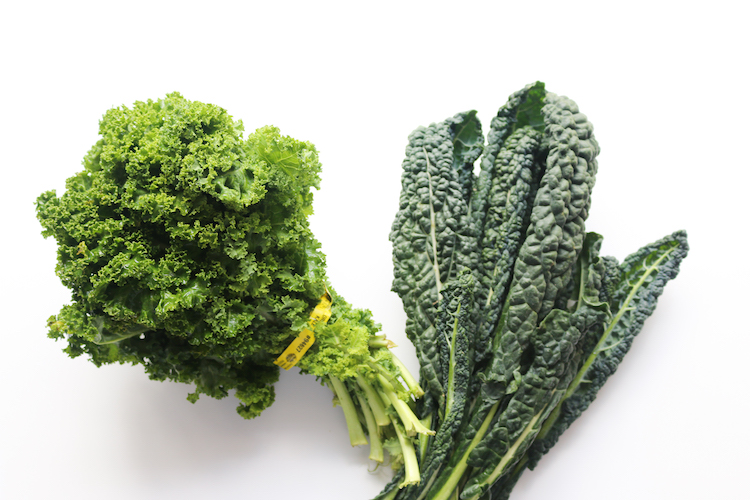
Kale is one of my favorite cruciferous vegetables and is often considered an amazing “superfood” due to its long list of health benefits. Although you can buy kale all year round, the fall and winter season is when it’s at its peak, springtime is often coming to the end of the Kale season and are in fact sweeter when grown in cool climates. There are many varieties of kale but the most common variety is deep green curly kale, you can find other varieties of kale that are yellow-green, white, red, or purple, with either flat or ruffled leaves. Kale is one of the few leafy greens that doesn’t shrink much when you cook it, and it’s great sautéed, baked, roasted, and stewed. Just don’t overcook it, because it can get more bitter than it was when raw.
-
HEALTH BENEFITS
Kale is one of the most nutrient dense plant foods and is unparalleled among other green leafy vegetables. It has a 3:1 carbohydrate-to-protein ratio, which is an exceptionally high amount of protein for any vegetable and is the main reason why it has recently been acclaimed as the “new beef” because, like meat, kale contains all 9 essential amino acids needed to form the proteins within the human body, plus, 9 other non-essential ones for a total of 18. It also contains more omega-3 than omega-6, which is almost unheard of in nature. Long story short, Kale is one of the best vegetables for your health.
NUTRIENT BREAKDOWN OF KALE
*per 1 cup raw kale, 100g
- Fiber | 1.3 g
- Protein | 2.2 g
- Carbohydrates | 6.7 g
- Vitamin C | 80.4 mg (134% DV)
- Vitamin B6 | 0.2 mg (9% DV)
- Vitamin K | 547 mg (684% DV)
- Folate | 58 mg (18% DV)
- Manganese | 0.5 mg (26% DV)
- Potassium | 299 g (9 % DV)
- Calcium | 90.5 mg (9 % DV)
- Iron | 1.1 mg (6% DV)
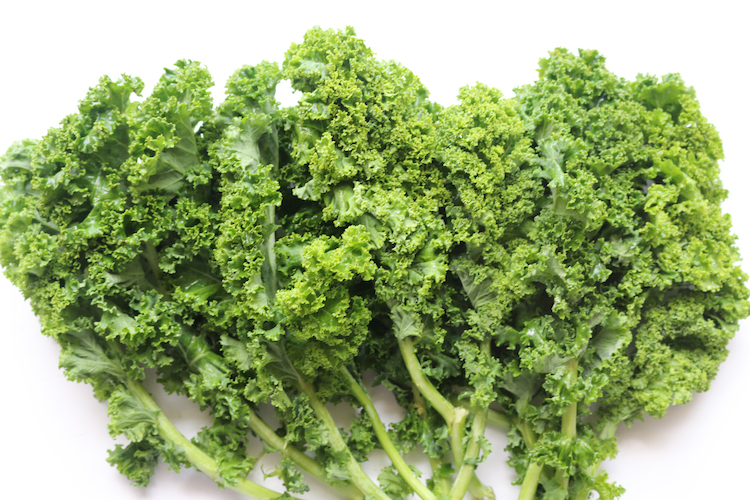
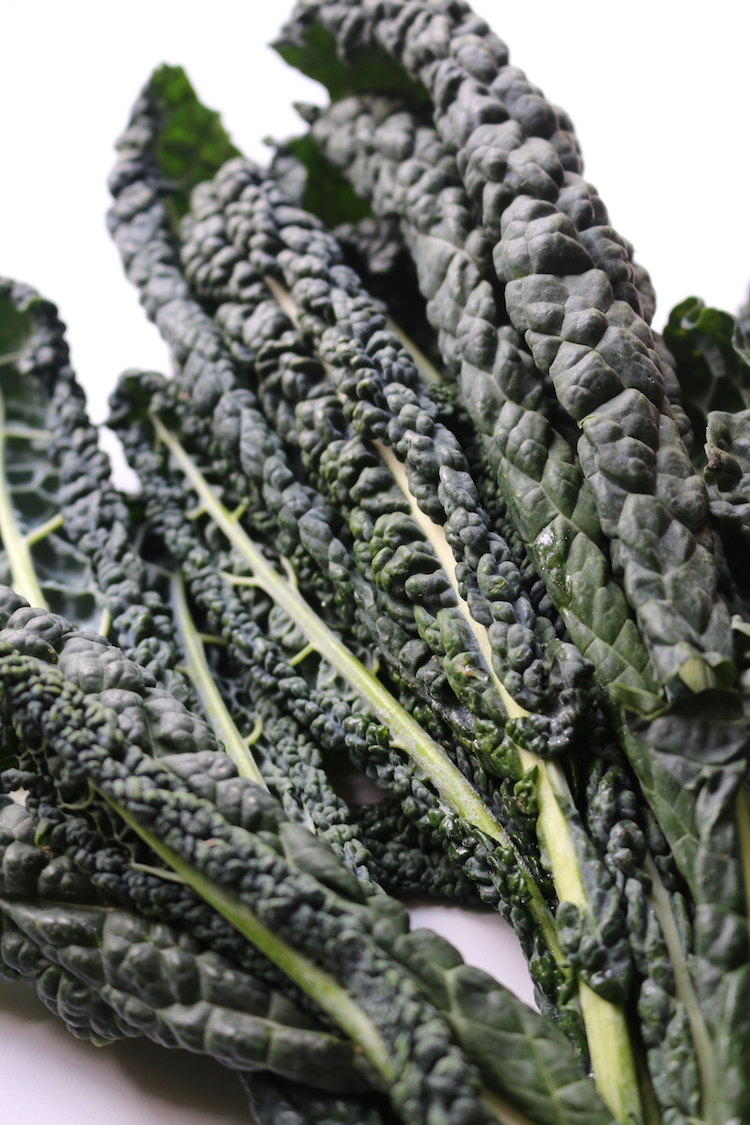
-
HOW TO BUY
When selecting kale, you should always look for the same things: Firm and deeply colored leaves with stems that are moist and strong. Make sure that the leaves are not browning or yellowing, and that they are free from small holes. If the leaves show signs of wilting, it is an indication that the greens have been sitting on the shelf for too long, or they were not properly stored. Your best bet for buying kale is at a local farmers’ market. Often the kale you get in supermarkets, even during peak season, has been out of the earth for far too long to really let its flavor shine. If farmer’s markets aren’t an option for you then pick kale that has been grown organically, as kale has become one of the newest members of the “Dirty Dozen,” a list of the most contaminated foods.
-
HOW TO STORE
When storing your kale be sure to remove any damaged or wilted leaves. Wrap the greens in damp paper towels, unwashed, and place them in a loose paper bag near the top of the fridge in an air-tight container with the humidity set to high. Kale can typically be stored for up to 5-7 days, but you may notice the flavor increase in bitterness with longer storage. Only wash the kale when you are ready to use it as washing before storage will promote spoilage.

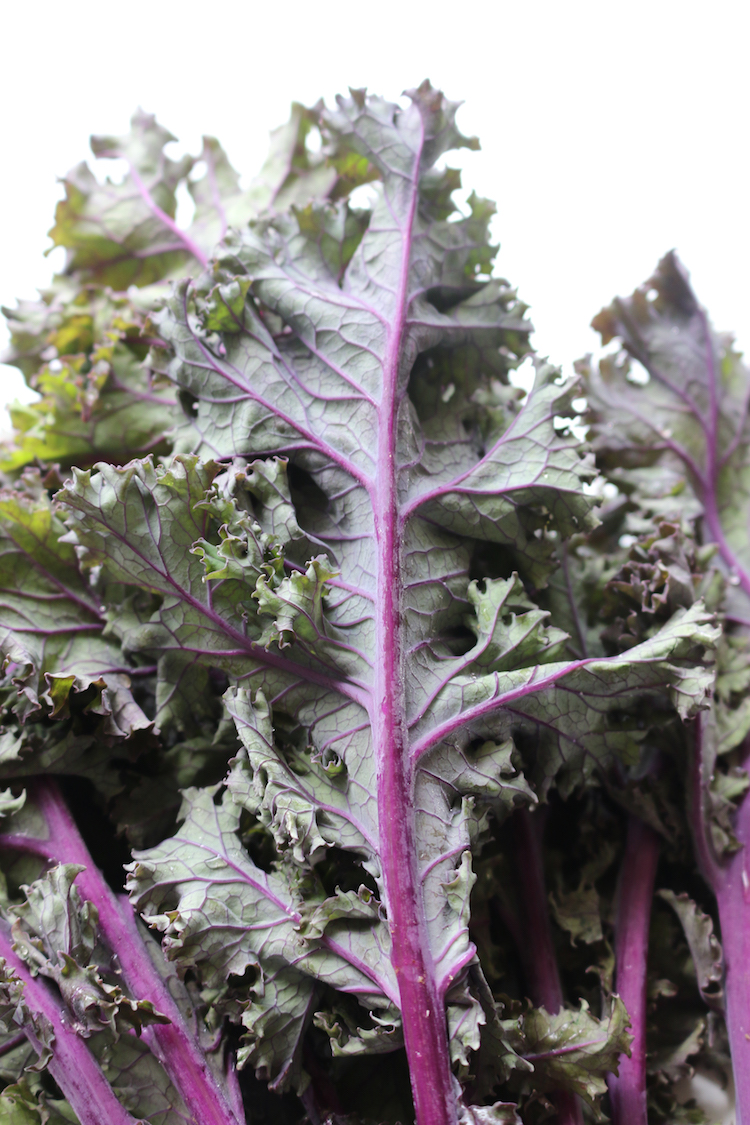
-
HOW TO PREPARE
Wash your kale right before you plan to use it, this will keep it fresh for longer. When washing your kale use cold running water or agitate it into a bowl of cold water, repeating with fresh water if necessary until properly cleaned. Spin dry or pat dry with kitchen towels. If using it for a salad it’s recommended you take some time to massage your kale with little oil. If cooking, remove center ribs and tough stems and rinse very thoroughly since dirt tends to get lodged in the leaves deep crevices. Pat dry with paper towels and sautéing on the stove top with your favorite spice blends.
Kale Recipes
Looking for a kale recipe? Check out our favorites here!
WHAT’S YOUR FAV?
What ingredient do you guys want to learn more about? And if you have a favorite way to eat kale, tag @livesimplynatural or #livesimplynatural so the LSN community can get inspired by your dish too :)
Hugs,


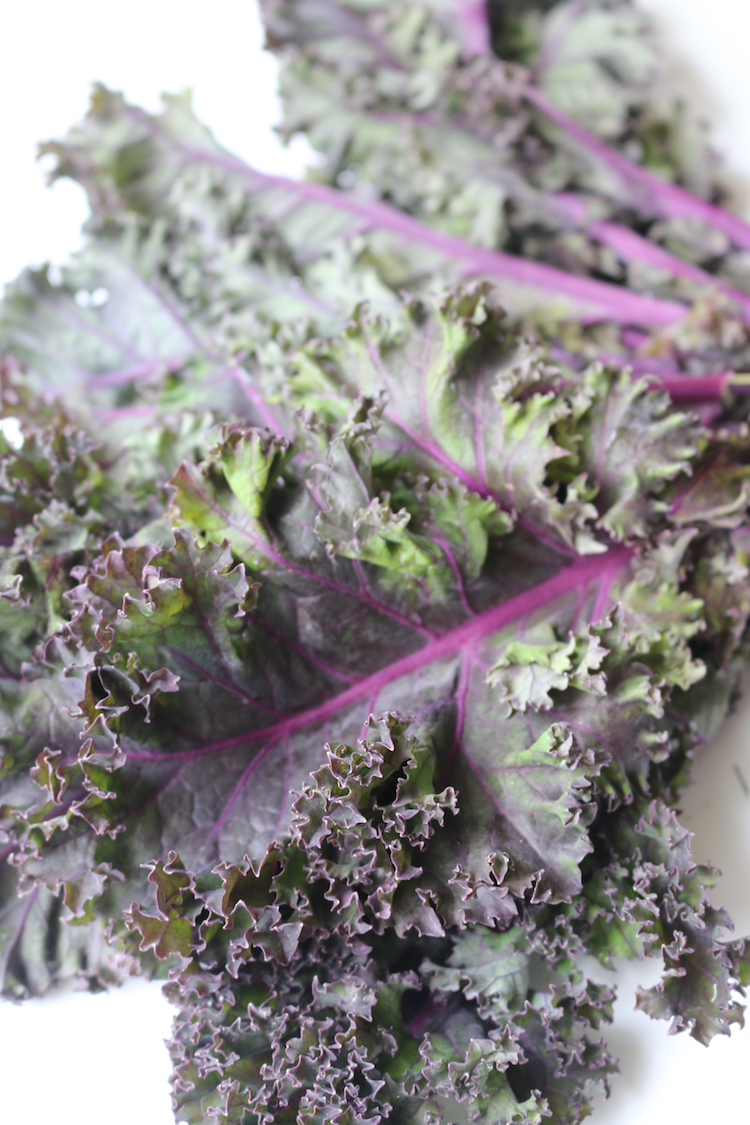
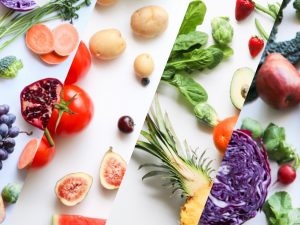
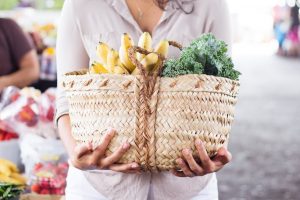
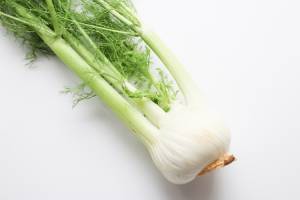
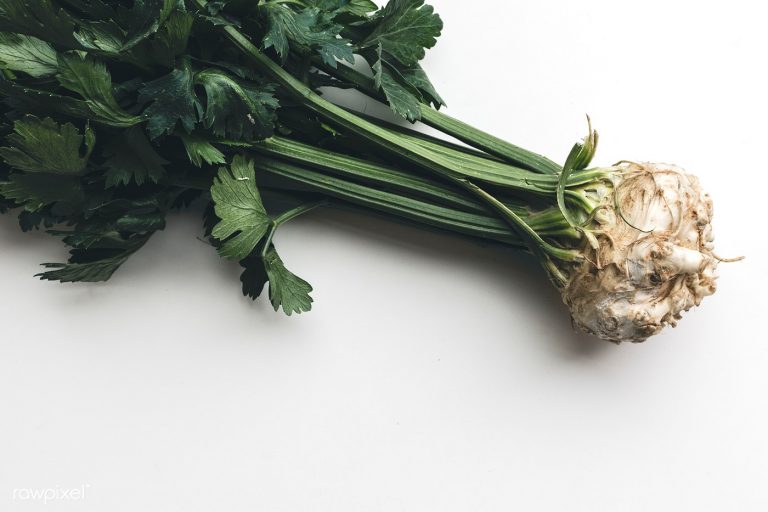

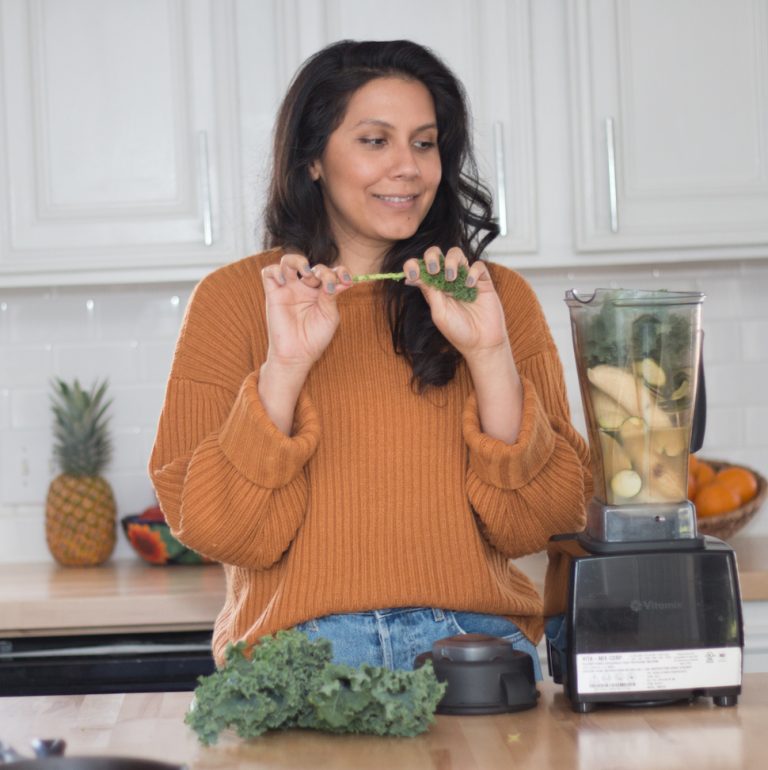
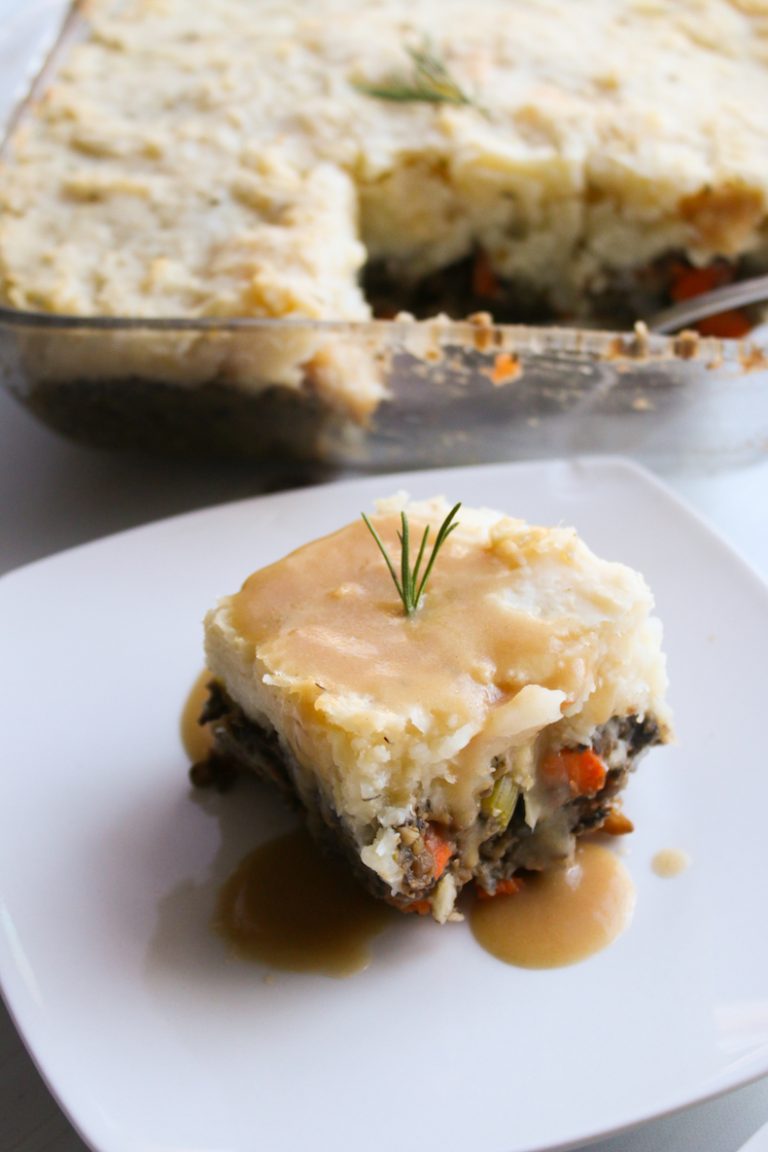
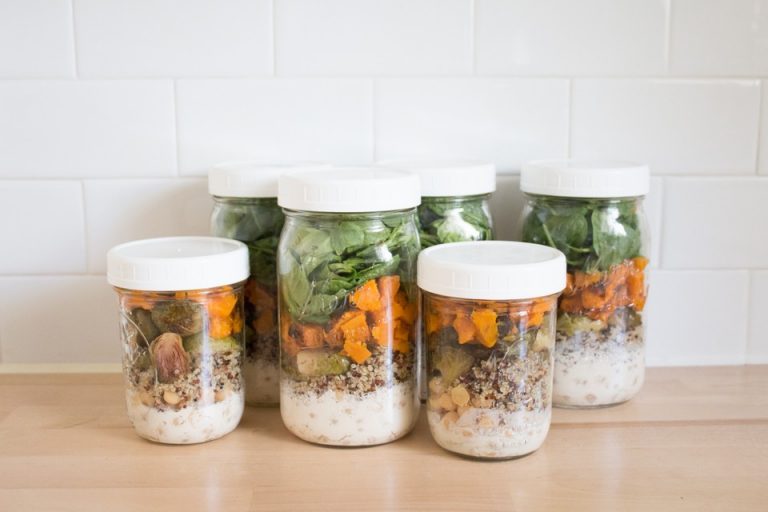


3 Comments